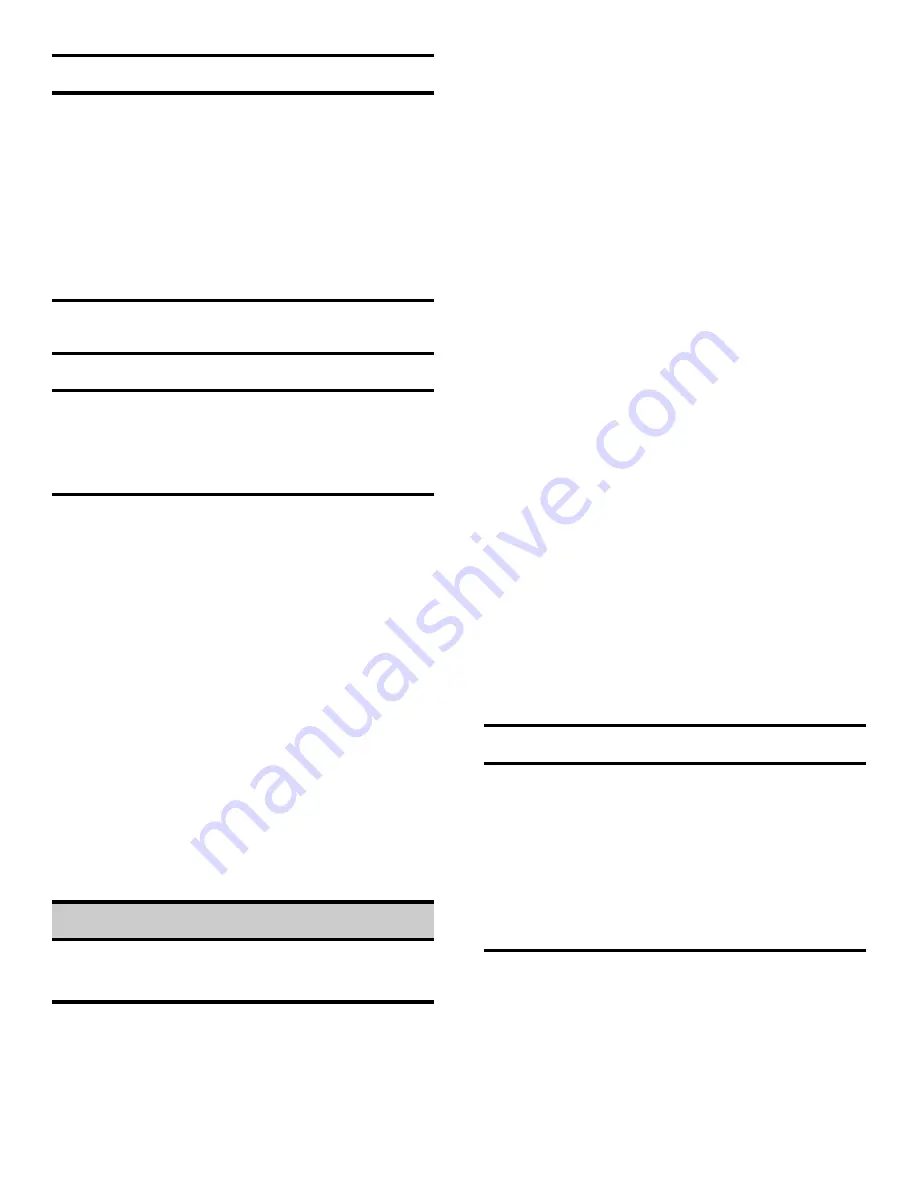
10/4/2010 (9:19 AM)
2034 - 3 - Operation v4.05
! NOTICE
The pressure pot is equipped with a safety relief
valve (U). If the pressure from the air regulator (A)
rises above 100 psi the relief valve (U) will pop
open and release air. Since your incoming air is to
be adjusted to 80-90 psi this should never happen.
This is a safety device and should never be used to
drain air from the pressure pot. Draining air from
the pot using this valve will cause abrasive to enter
and damage the regulator.
! NOTICE
The air pressure regulator (A) sets the blasting
pressure, which can be seen in gauge (H) only after
the pressure pot has been pressurized. It is factory
set at 30 psi.
3.3
Pressurizing the Pressure Pot
The pressure pot opening is located inside the
cabinet below the metal grate. The pressure pot
closure cap is attached to a linkage, which is
movable from the pressure pot closure lever (L) on
the left side of the cabinet. The purpose of the lever
and linkage is to lift the pressure pot closure cap
upward to contact the pressure pot rubber seal
located at the top of the pot. While holding the cap
in the up position with lever (L) the air is turned on,
this fills the pot, and presses the cap securely
against the pressure pot rubber seal, sealing the pot
and pressure inside. When the cap is in the down
position there is a gap between the cap and the seal,
which allows the abrasive from blasting to re-enter
the pot.
! WARNING
Ensure that the Blast Hose (K) is in the cabinet at
all times when the pressure pot is under pressure.
3.3.1
Locate the Pressure Pot Closure Lever (L) and
move it back and forth rapidly several times to
shake off any abrasive that may be sitting on top of
the closure cap.
3.3.2
Now push the lever away from you to lift the
pressure pot closure cap against the rubber seal.
While holding the lever firmly in this forward
position, open the Air Inlet Valve (C). Count 3
seconds and then release the Pressure Pot Closure
Lever (L). The pot should be closed and
pressurizing at this point. The Air Pressure
Regulator Gauge (H) should rise to the factory pre-
set blasting pressure of 30 psi.
3.3.3
NOTE
: If you hear air escaping inside the
cabinet, turn off lever (C) and try again. If for some
reason you cannot get the pressure pot closure cap
to seal, call Rayzist and ask for technical help.
3.4
Adjusting Blasting Pressure.
3.4.1
After pressurizing the pot the pressure
regulator gauge (H) should read about 30 psi. If the
gauge has a different reading make an adjustment as
follows: Unlock the Air Pressure Regulator Knob
(A) by pulling upwards. Twist clockwise to
increase blast pressure or counter clockwise to
decrease blast pressure. Set regulator to desired
pressure, and then press down to lock the knob.
3.5
Adjusting Abrasive and Air flow
3.5.1
Turn on the dust collector and lights and check
the plastic dust bag on the dust collector to make
sure it is collapsing; this indicates it is properly
installed and has sealed the dust collector opening.
! NOTICE
When first stepping on the Foot Pedal (F), you may
experience a thick burst of abrasive media from the
blasting tip, which should smooth out to a constant
flow of abrasive and air. This occurs when Abrasive
Flow Valve (D) is open too far. When starting to
blast you should hold the blasting tip away from the
item you are blasting until abrasive media is
flowing smoothly.
3.5.2
Put on the rubber blasting gloves and hold the
Blast Hose (K) and have the tip pointing
downwards towards the grate about 6" to 8" away.
Step on the foot pedal and watch the flow of
abrasive as described above.






































